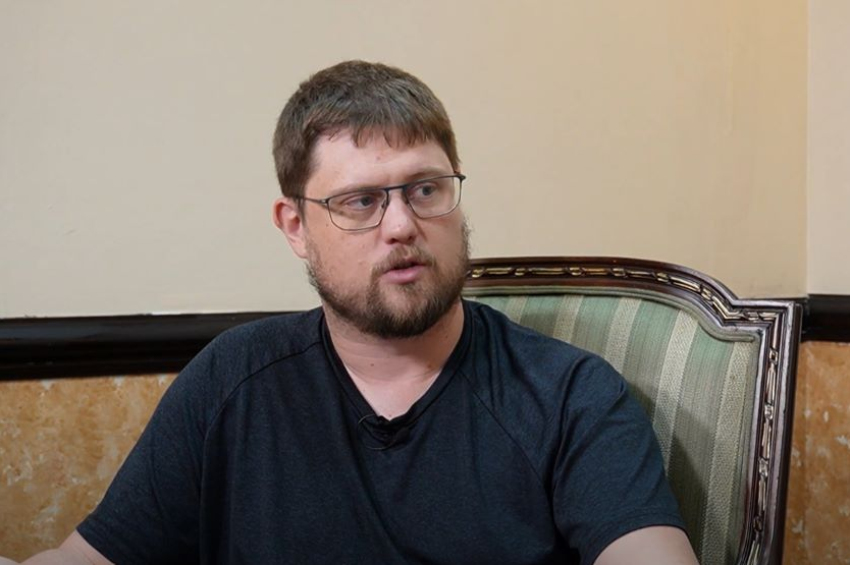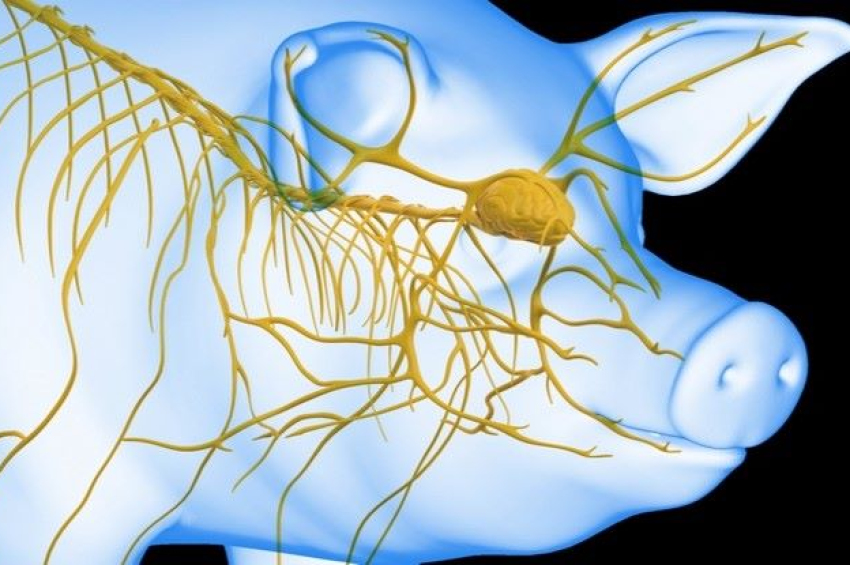Scientists develop tiny robots that navigate through veins
Researchers from two academic hubs have achieved a significant breakthrough in vascular surgery by successfully guiding wireless millirobots through a detached aorta.
The University of Twente and the Radboud University Medical Center said in a joint press release that their corkscrew-shaped devices have the capability to navigate both with and against arterial flow, presenting a promising solution to challenges posed by blood clots in difficult-to-reach vessels.

X-ray imaging of the movement of the millirobot.
The innovative technology holds potential for revolutionizing blood clot removal procedures, addressing a significant global health concern where millions of lives are affected annually.
Current methods face limitations in accessing certain body regions, making the tiny wireless robots a promising alternative.
The millirobots were wirelessly controlled through a robotically operated rotating magnetic field, precisely localized using an X-ray machine. Demonstrating stability in navigating through the aorta, the robots maintained a maximum arterial flow of 120 ml per minute, showcasing their ability to swim against the flow and drill through blood clots.
These 3D-printed screw-shaped devices, equipped with tiny permanent magnets, hold potential beyond blood clot removal, according to vascular surgeon Michiel Warle, who imagines applications in targeted drug delivery, minimizing side effects by delivering drugs precisely where needed.

The robotic arm controlling the device inside a simulated organ.
Funded by the TURBO program, a collaboration between the Radboud University Medical Center and the University of Twente, this research has received recognition through Health Holland's recent TKI-LSH grant.
The researchers now aim to refine the technology further and anticipate that the millirobots will be employed soon in vascular surgery, given that they provide minimally invasive solutions for blood clot removal and targeted interventions within the human body.




![[video] Georgia’s president says parliamentary elections were rigged, calls for nationwide protests](/news_img/2024/10/28/news1_mediu.jpg)


